The article summarizes Q-NEXT’s first year of activities, including scientific research, infrastructure building, and workforce development.
Tag: Quantum information science
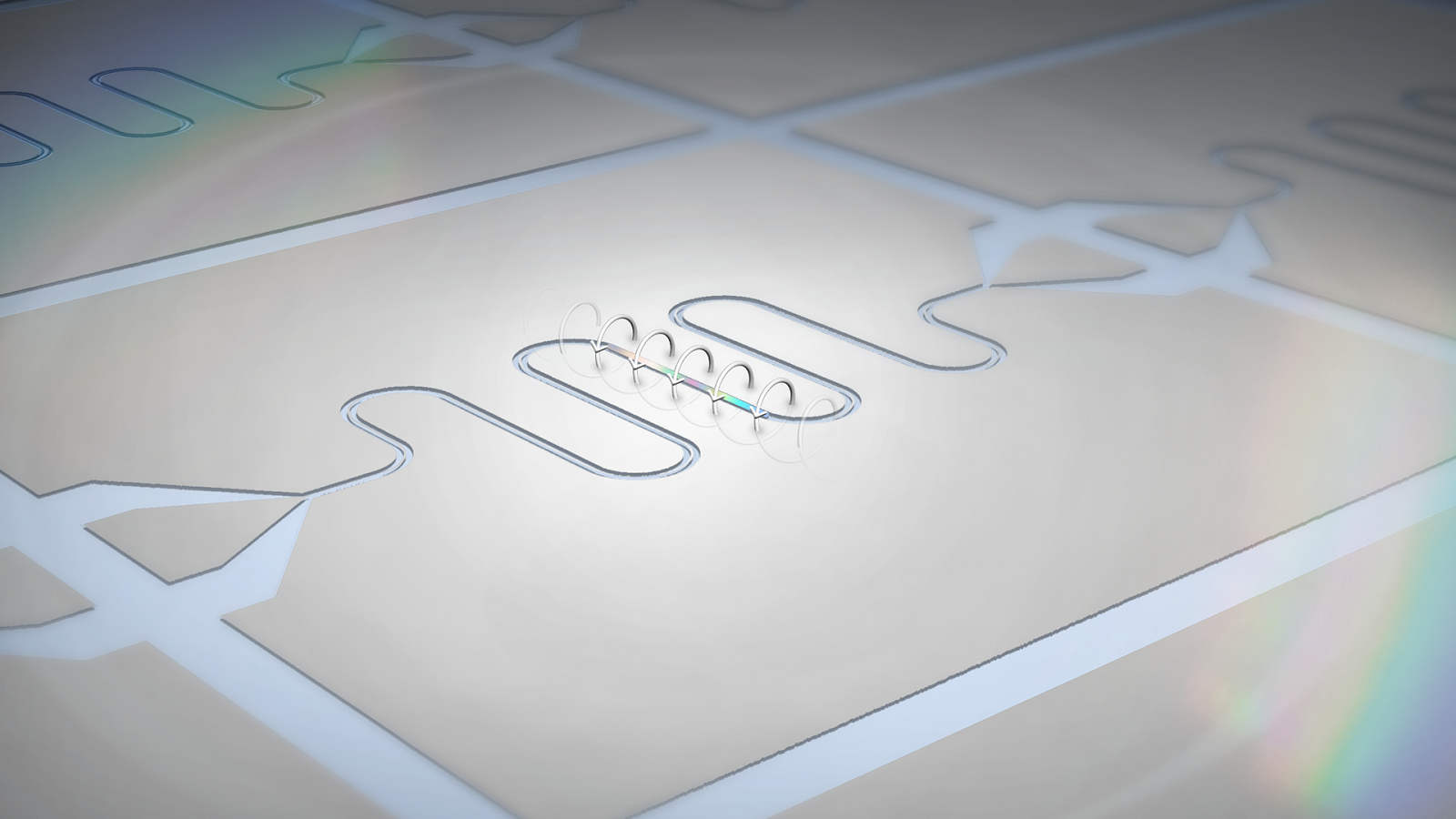
Tapping into magnets to clamp down on noise in quantum information
In a newly funded project, Argonne and the University of Illinois Urbana-Champaign will explore coupling magnetism and microwaves. This research will yield new insights that should benefit quantum sensing, data transfer and computing.
Layered Graphene with a Twist Displays Unique Quantum Confinement in 2-D
Bilayer graphene with one of the two layers twisted displayed unique resonant electronic behavior. Understanding how electrons move in such 2-D materials could shed light on how to manipulate them for quantum computing and communication.
Three Argonne projects receive DOE funding for breakthroughs in quantum information science
Three Argonne projects have received DOE funding to lay the groundwork for future breakthroughs in quantum information science.
Verizon and Zurich Instruments join Q-NEXT national quantum science center
Q-NEXT adds two new corporate partners to its collaboration: Verizon and Zurich Instruments. Q-NEXT, a DOE National Quantum Information Science Research Center led by Argonne, aims to develop the technology to control and transmit quantum information.

Wayne State researcher awarded $3.3 million from DOE to advance quantum science and technology
The U.S. Department of Energy (DOE) announced recently $73 million in funding to advance quantum information science research to aid in better understanding the physical world and harness nature to benefit people and society. Aaron Rury, Ph.D., assistant professor of chemistry in Wayne State’s College of Liberal Arts and Science, is the recipient of one of 29 projects funded by the DOE.
DOE Announces $73 Million for Research to Advance Quantum Science and Technology
The U.S. Department of Energy (DOE) announced $73 million in funding to advance quantum information science (QIS) research to help scientists better understand the physical world and harness nature to benefit people and society.
URI to host international experts for conference on future of quantum computing
The University of Rhode Island will host more than a dozen international experts in the growing field of quantum information science in October for the inaugural Frontiers in Quantum Computing conference in celebration of the launch of URI’s new master’s degree program in quantum computing.
Opening the gate to the next generation of information processing
Scientists have devised a means of achieving improved information processing with a new technology for effective gate operation. This technology has applications in classical electronics as well as quantum computing, communications and sensing.
SLAC hosts Secretary of Energy Jennifer Granholm for a virtual visit
Highlights of the two-hour visit included behind-the-scenes looks at one of the most powerful X-ray sources on the planet and at the construction of the world’s largest digital camera for astronomy. She also joined presentations of the lab’s research in machine learning, quantum technology and climate science and engaged in discussions about diversity, equity and inclusion at SLAC.
People of Argonne’s history: A look at leaders who made Argonne what it is today
Since its founding, Argonne has employed and partnered with innovators whose contributions have dramatically pushed the frontiers of our understanding and improved the world.
Uncovering Hidden Local States in a Quantum Material
States of local broken symmetry at high temperature—observed in several materials, including one with a metal-insulator transition, an iron-based superconductor, and an insulating mineral part of the Earth’s upper mantle—may enable the technologically relevant properties arising at much-lower temperature.
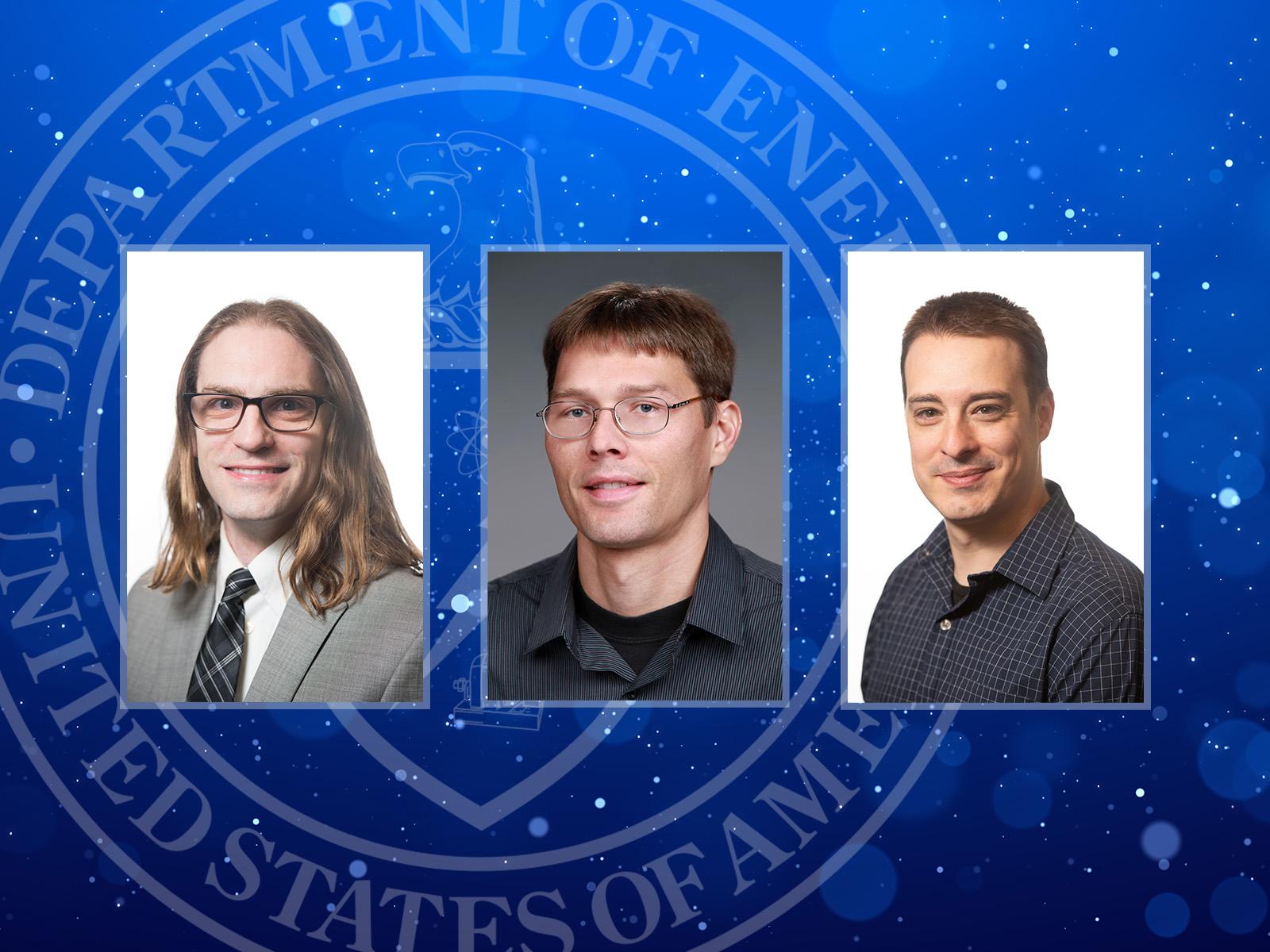
Scientists Earn Early Career Awards
The DOE Early Career Research Program supports exceptional researchers during the crucial early years of their careers and helps advance scientific discovery in fundamental sciences
Department of Energy Announces $10 Million for Research on Quantum Information Science and Nuclear Physics
Today, the U.S. Department of Energy (DOE) announced $10 million for interdisciplinary research in Quantum Information Science (QIS) and nuclear physics.
Blueprint for a robust quantum future
Researchers at Argonne National Laboratory, the University of Chicago and scientific organizations in Japan, Korea and Hungary have established an invaluable resource for those looking to discover new quantum systems.
Energy on Demand: Learning from Nature’s Catalysts
With quantum chemistry, PNNL scientists are discovering how enzymes such as nitrogenase serve as natural catalysts that efficiently break apart molecular bonds to control energy and matter.
Department of Energy Announces $11 Million for Research on Quantum Information Science for Fusion Energy Sciences
Today, the U.S. Department of Energy (DOE) announced $11 million for ten projects in Quantum Information Science (QIS) with relevance to fusion and plasma science.
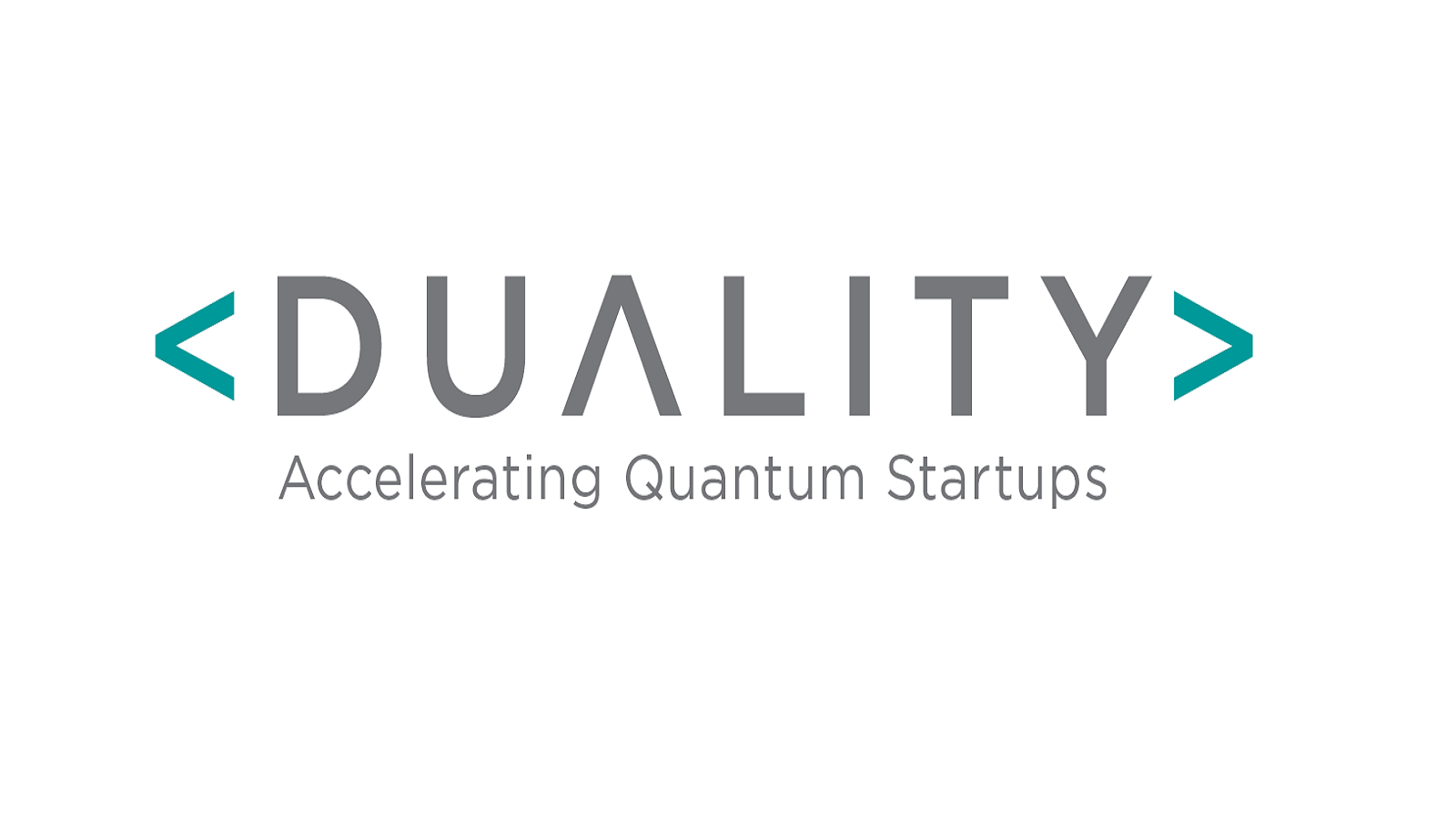
Argonne National Laboratory a founding partner in nation’s first startup accelerator program dedicated exclusively to quantum
The U.S. Department of Energy’s (DOE) Argonne National Laboratory is a founding partner of Duality, the first startup accelerator program in the nation that is dedicated to startup companies focused on quantum science and technology — a rapidly emerging area that is poised to drive transformative advances across multiple industries.
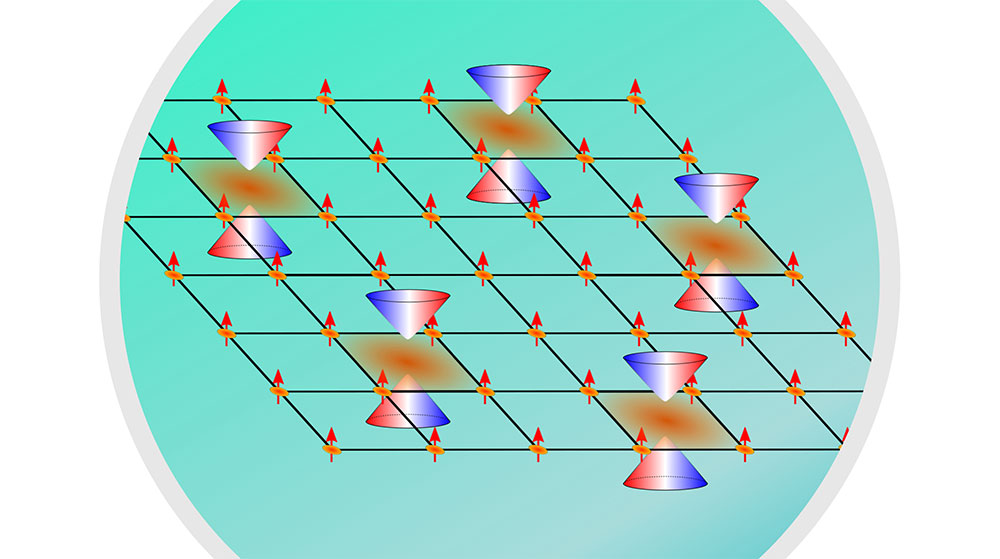
Magnetism Meets Topology on a Superconductor’s Surface
Scientists have found an energy band gap—an energy range where no electrons are allowed—opens at a point where two allowed energy bands intersect on the surface of an iron-based superconductor. This unusual electronic energy structure could be used for quantum information science and electronics.
DOE Announces $30 Million for Quantum Information Science to Tackle Emerging 21st Century Challenges
The U.S. Department of Energy (DOE) today announced plans to provide $30 million for Quantum Information Science (QIS) research that helps scientists understand how nature works on an extremely small scale—100,000 times smaller than the diameter of a human hair. QIS can help our nation solve some of the most pressing and complex challenges of the 21st century, from climate change to national security.
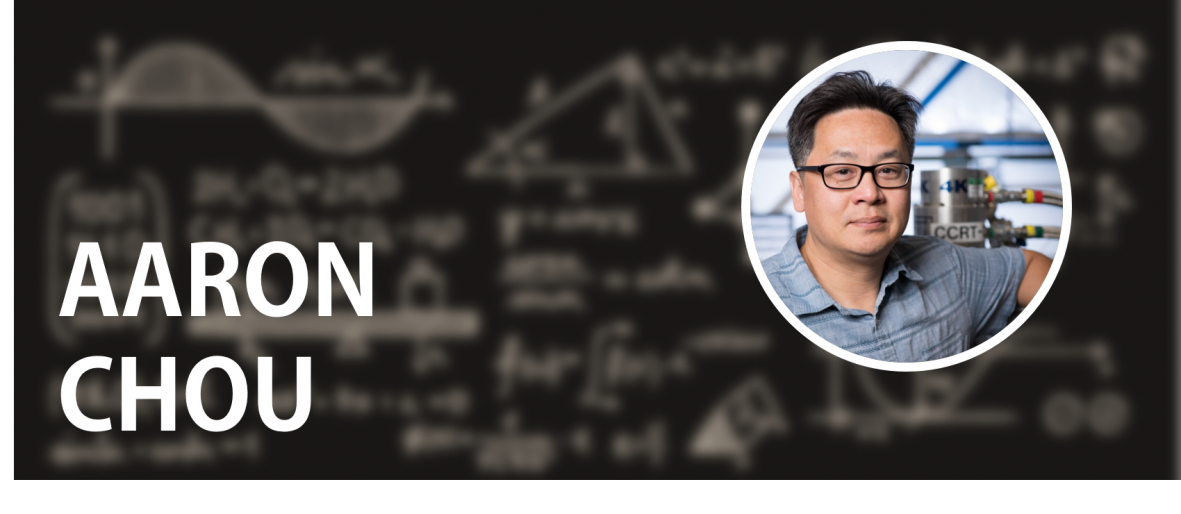
Aaron S. Chou: Then and Now / 2011 Early Career Award Winner
Fermi National Accelerator Laboratory’s Aaron Chou developed the Holometer experiment to measure noise (unwanted data on a transmitted signal) more precisely. He now develops equipment for ultrasensitive dark matter detection and quantum information science devices.
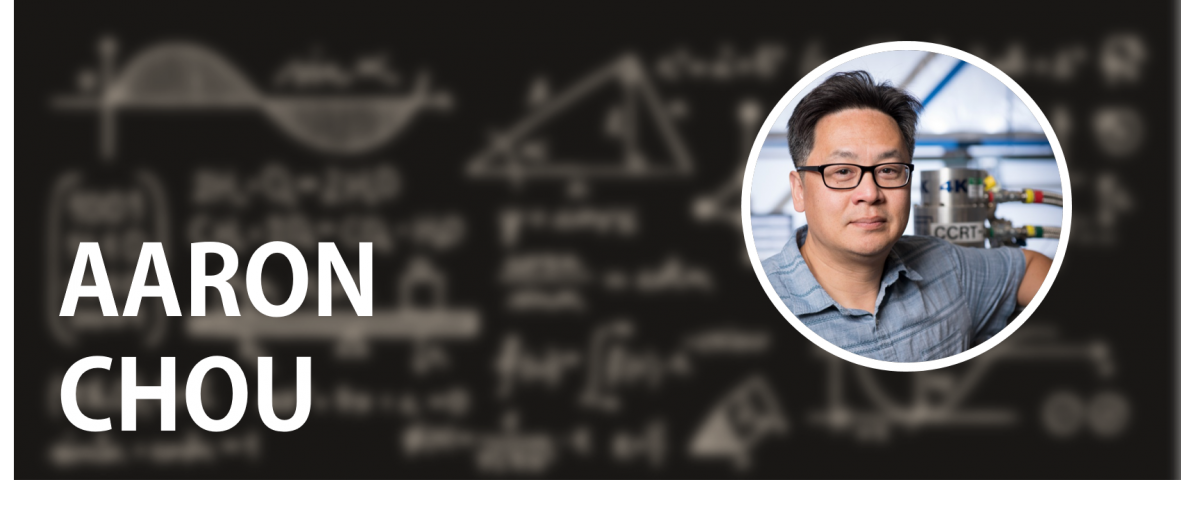
Aaron S. Chou: Then and Now / 2011 Early Career Award Winner
Fermi National Accelerator Laboratory’s Aaron Chou developed the Holometer experiment to measure noise (unwanted data on a transmitted signal) more precisely. He now develops equipment for ultrasensitive dark matter detection and quantum information science devices.
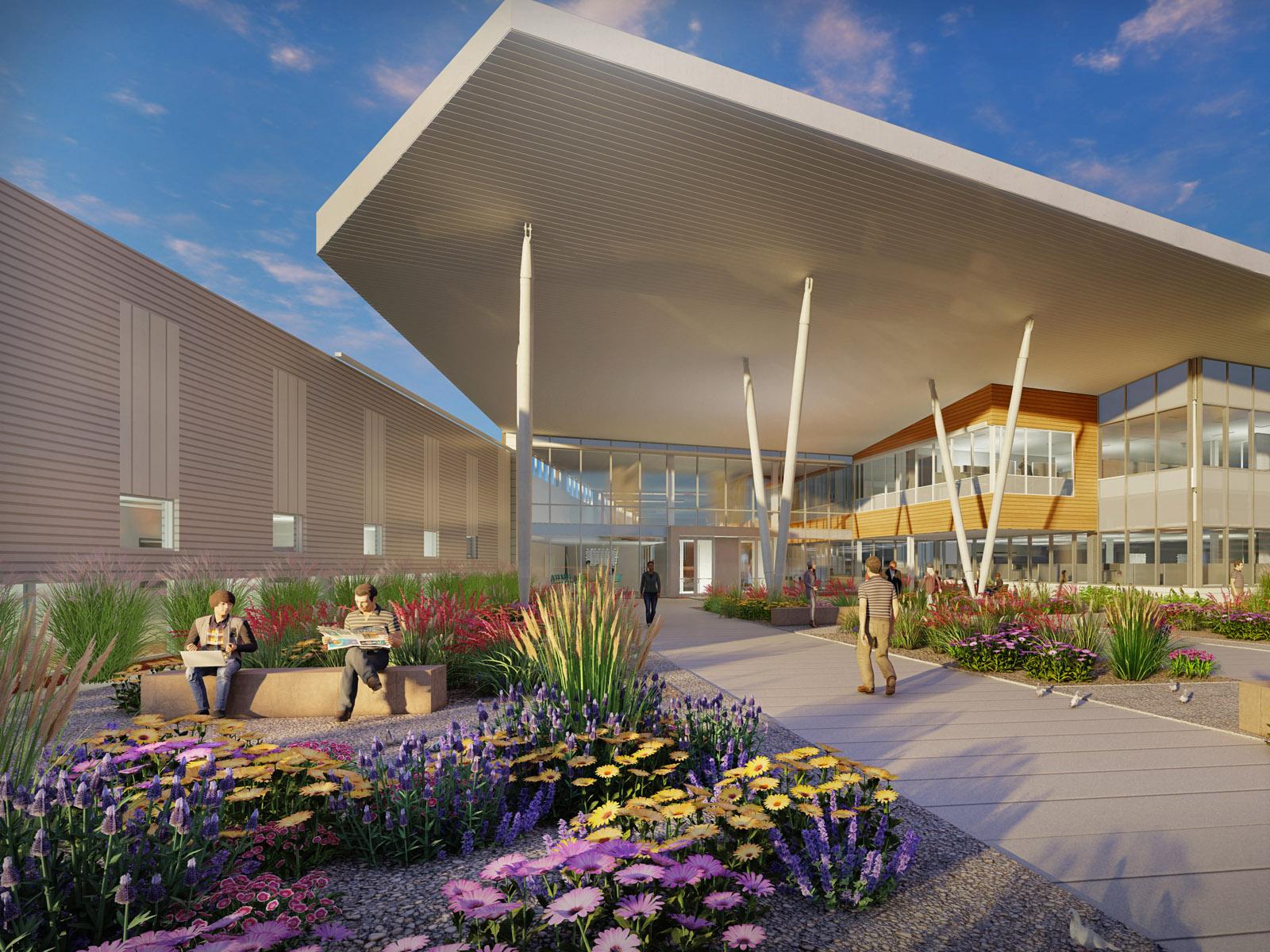
PNNL Energy Sciences Center Will Help Realize Clean Energy Future
New 140,000-square-foot facility will advance fundamental chemistry and materials science for higher-performing, cost-effective catalysts and batteries, and other energy efficiency technologies.
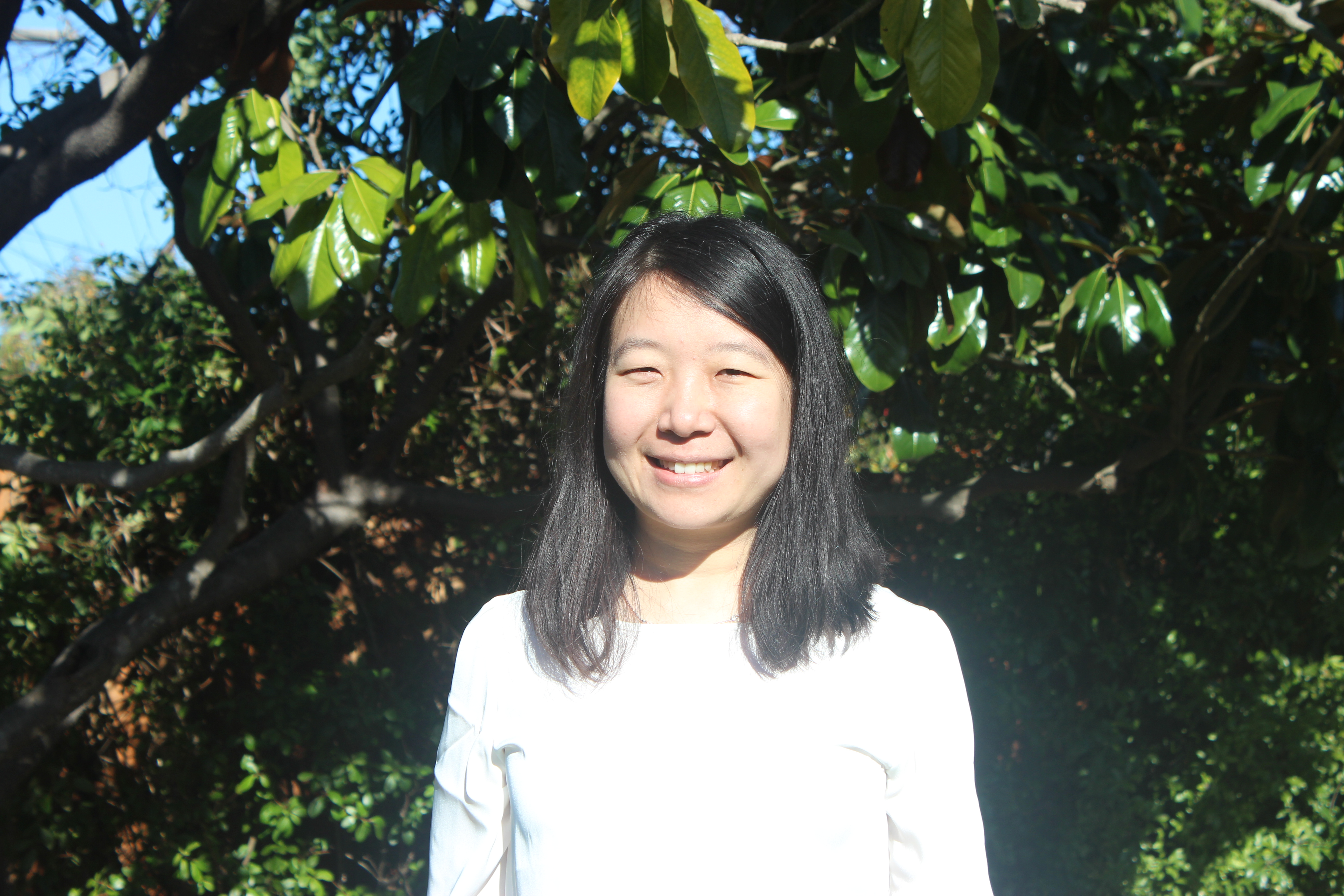
Designing Materials from First Principles with Yuan Ping
The UC Santa Cruz professor uses computing resources at Brookhaven Lab’s Center for Functional Nanomaterials to run calculations for quantum information science, spintronics, and energy research.
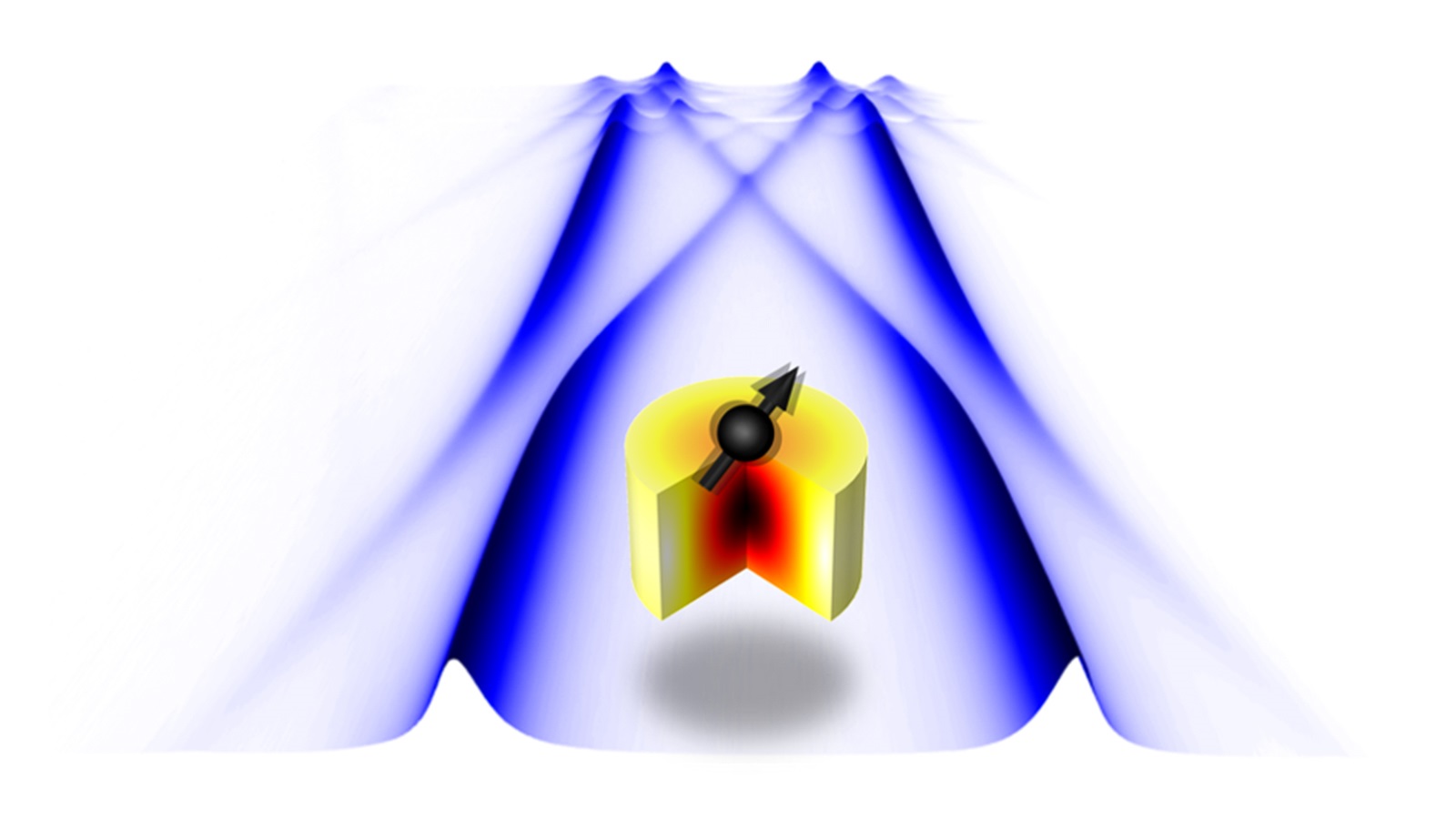
Pivotal discovery in quantum and classical information processing
Researchers have achieved, for the first time, electronically adjustable interactions between microwaves and a phenomenon in certain magnetic materials called spin waves. This could have application in quantum and classical information processing.

Eight ways Argonne advanced science in 2020
Throughout 2020, Argonne answered fundamental science questions and provided solutions for the world.
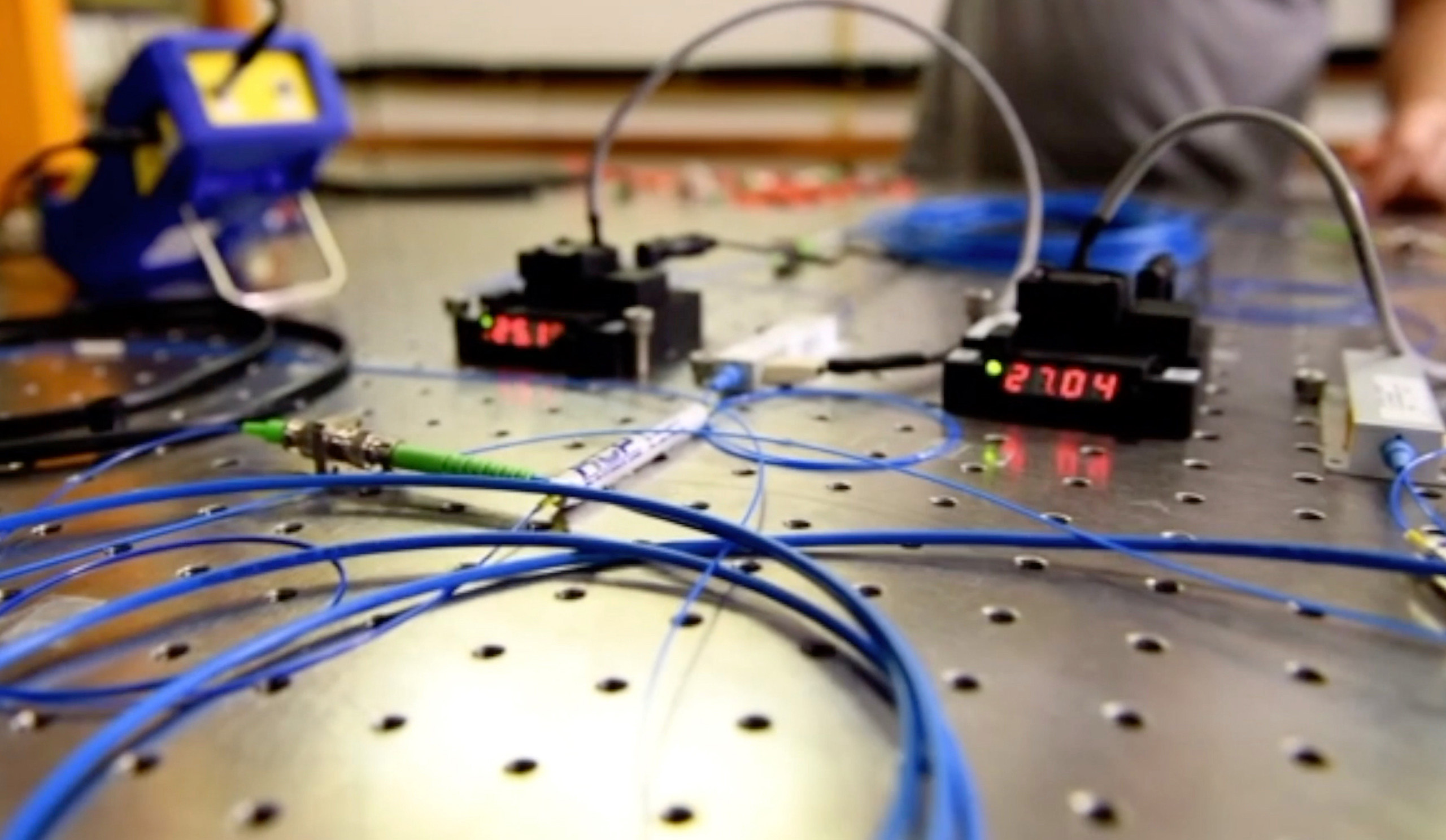
Fermilab and partners achieve sustained, high-fidelity quantum teleportation
A joint team of researchers at Fermilab and partner institutions have achieved quantum teleportation, teleporting information over a distance of 44 kilometers. The remarkable achievement supports the premise that scientists and engineers can build a workable and high-fidelity quantum network using practical devices.
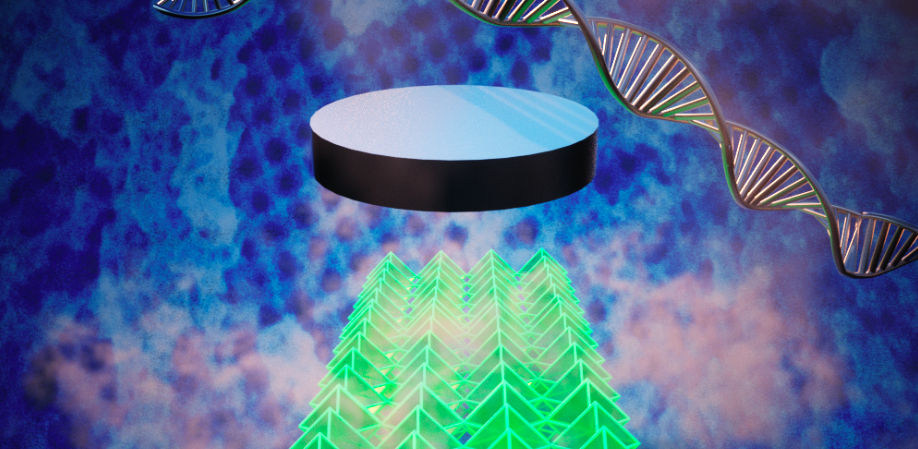
Making 3-D Nanosuperconductors with DNA
Scientists developed a platform for making 3-D superconducting nano-architectures with a prescribed organization.
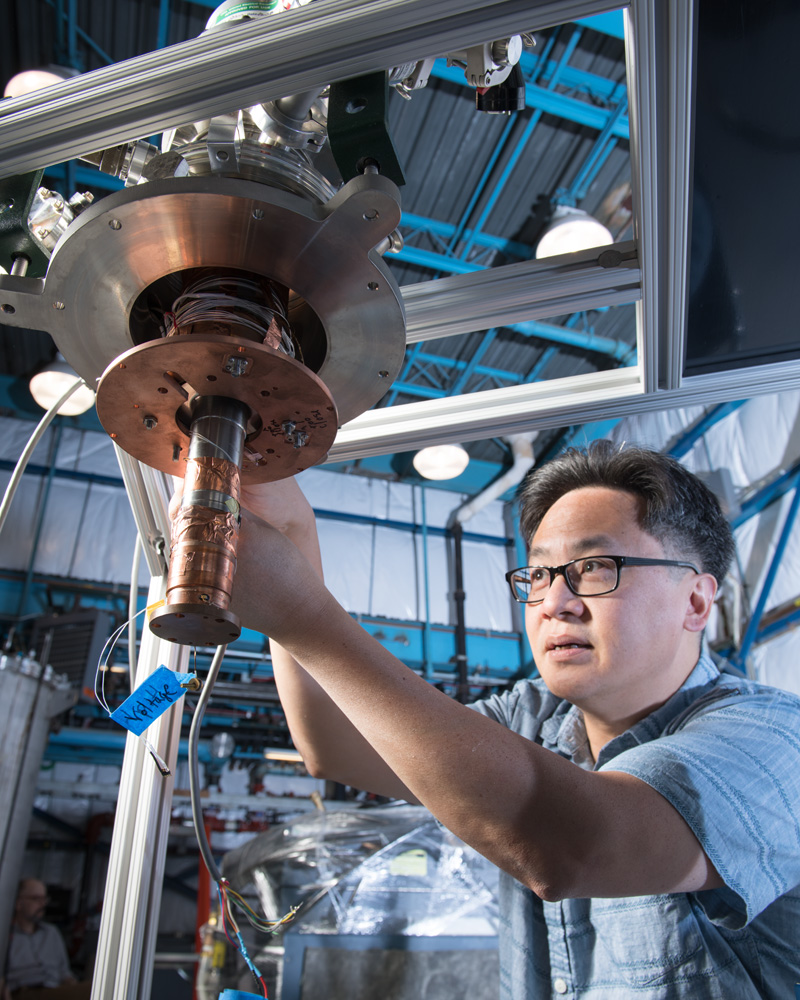
Fermilab is partner in Quantum Science Center based at Oak Ridge National Laboratory
Fermilab plays a key role in the Quantum Science Center, led by Oak Ridge National Laboratory. The center unites that Oak Ridge’s powerhouse capabilities in supercomputing and materials science with Fermilab’s world-class high-energy physics instrumentation and measurement expertise and facilities. Drawing on their experience building and operating experiments in cosmology and particle physics and in quantum information science, the Fermilab team is engaging in QSC efforts to develop novel, advanced quantum technologies.
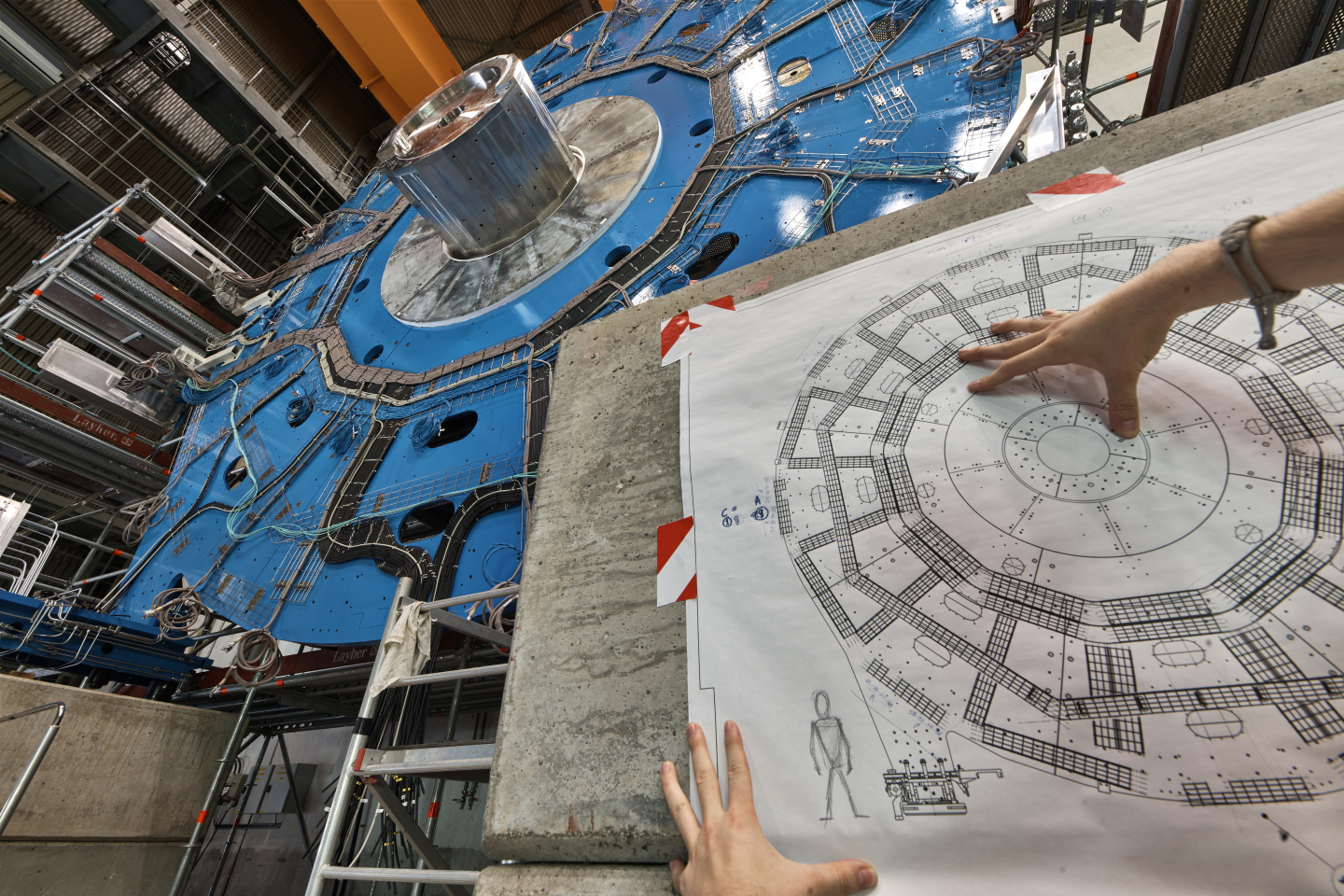
Know When to Unfold ’Em: Study Applies Error-Reducing Methods from Particle Physics to Quantum Computing
Borrowing a page from high-energy physics and astronomy textbooks, a team of physicists and computer scientists at Berkeley Lab has successfully adapted and applied a common error-reduction technique to the field of quantum computing.
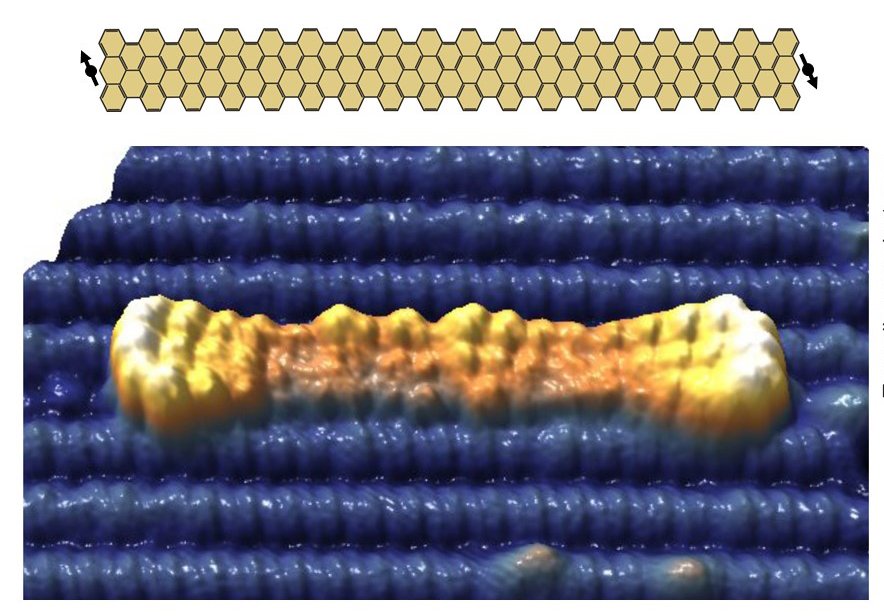
On-surface synthesis of graphene nanoribbons could advance quantum devices
An international multi-institution team of scientists has synthesized graphene nanoribbons – ultrathin strips of carbon atoms – on a titanium dioxide surface using an atomically precise method that removes a barrier for custom-designed carbon nanostructures required for quantum information sciences.
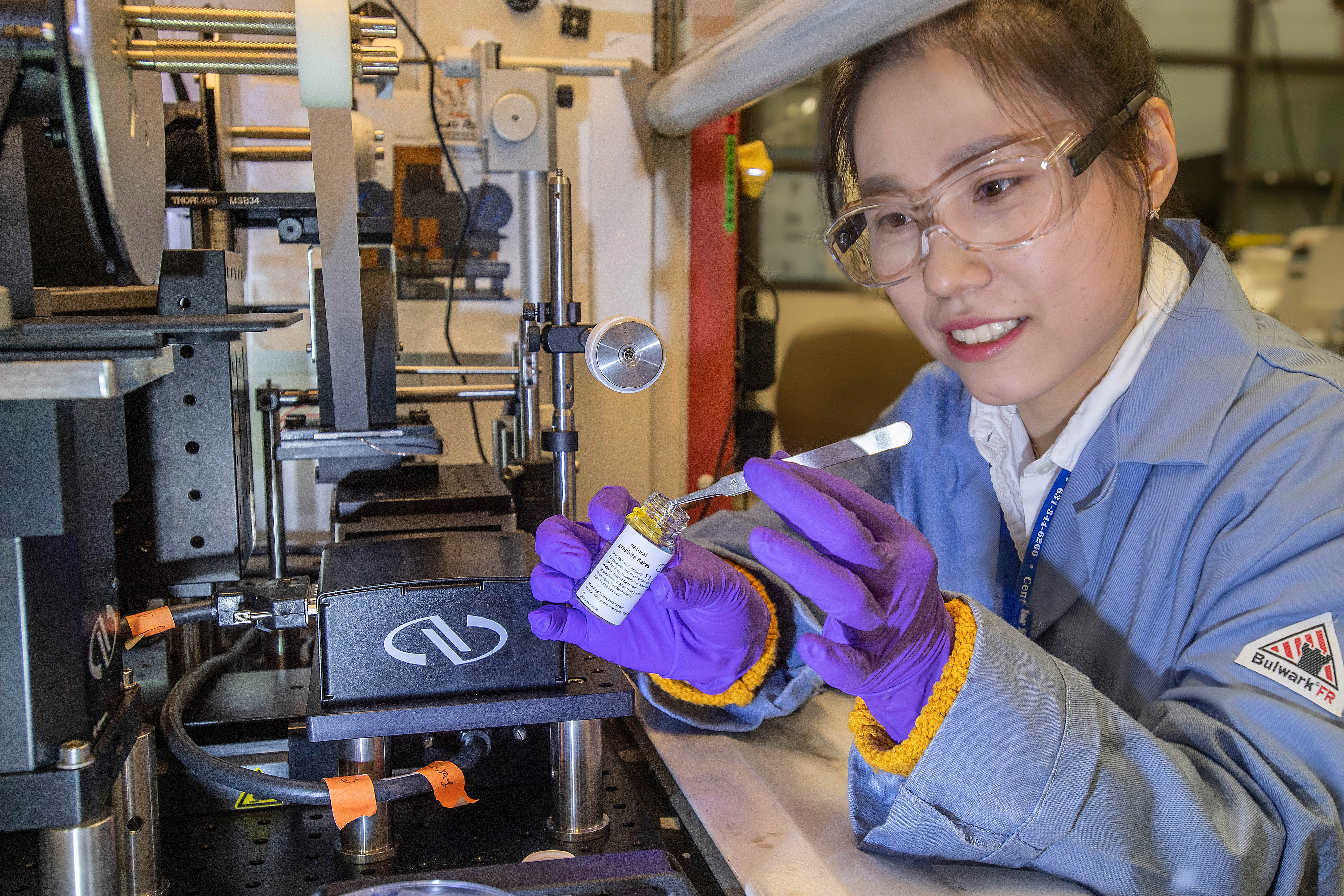
Automating 2-D Material Exfoliation with Suji Park
Park, a staff researcher at Brookhaven Lab’s Center for Functional Nanomaterials, is designing and building an automated system to generate high-quality ultrathin “flakes,” which can be stacked into layered structures that are essentially new materials.
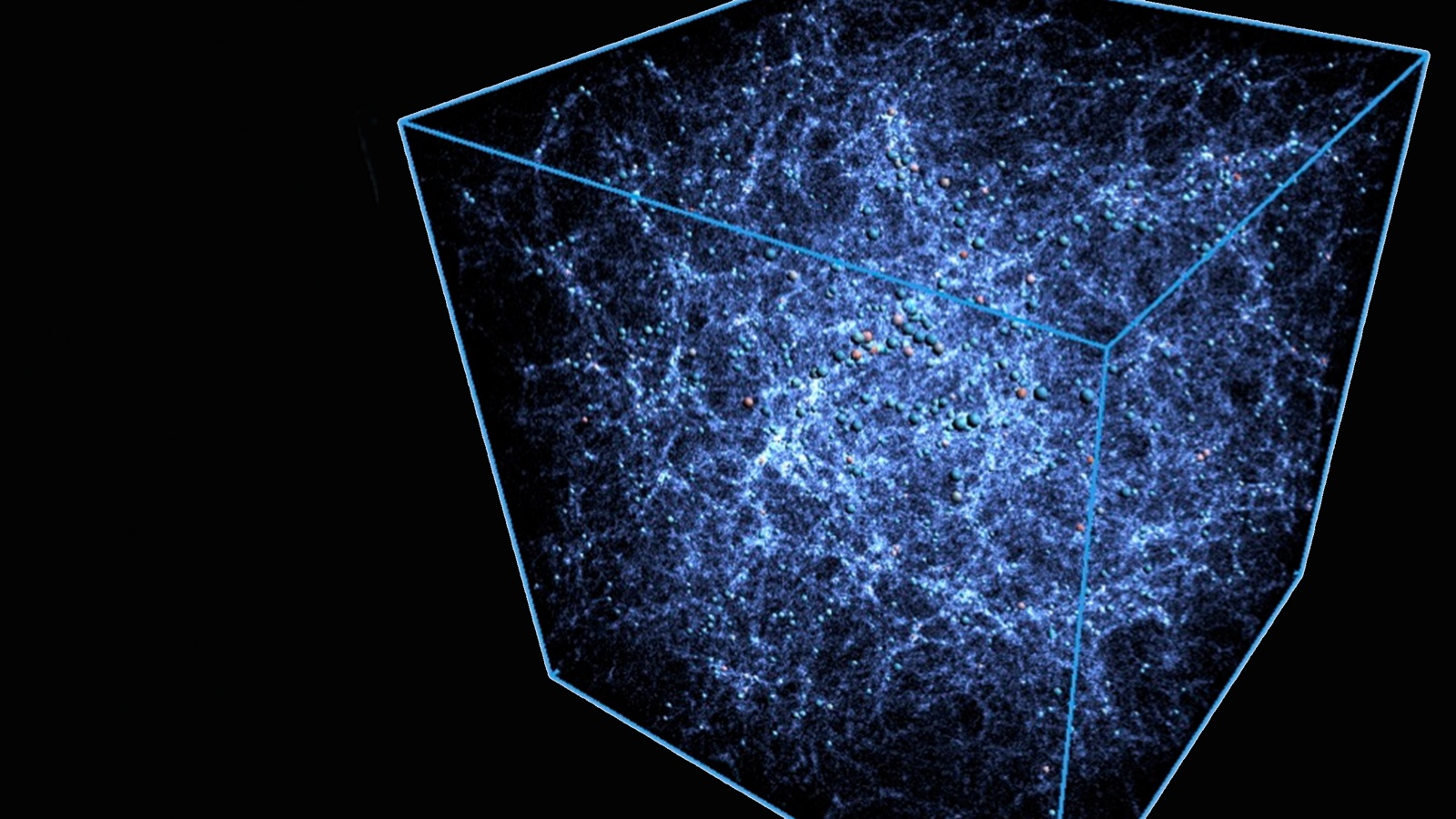
Creating the software that will unlock the power of exascale
Researchers nationwide are building the software and applications that will run on some the world’s fastest supercomputers. Among them are members of DOE’s Exascale Computing Project who recently published a paper highlighting their progress so far.
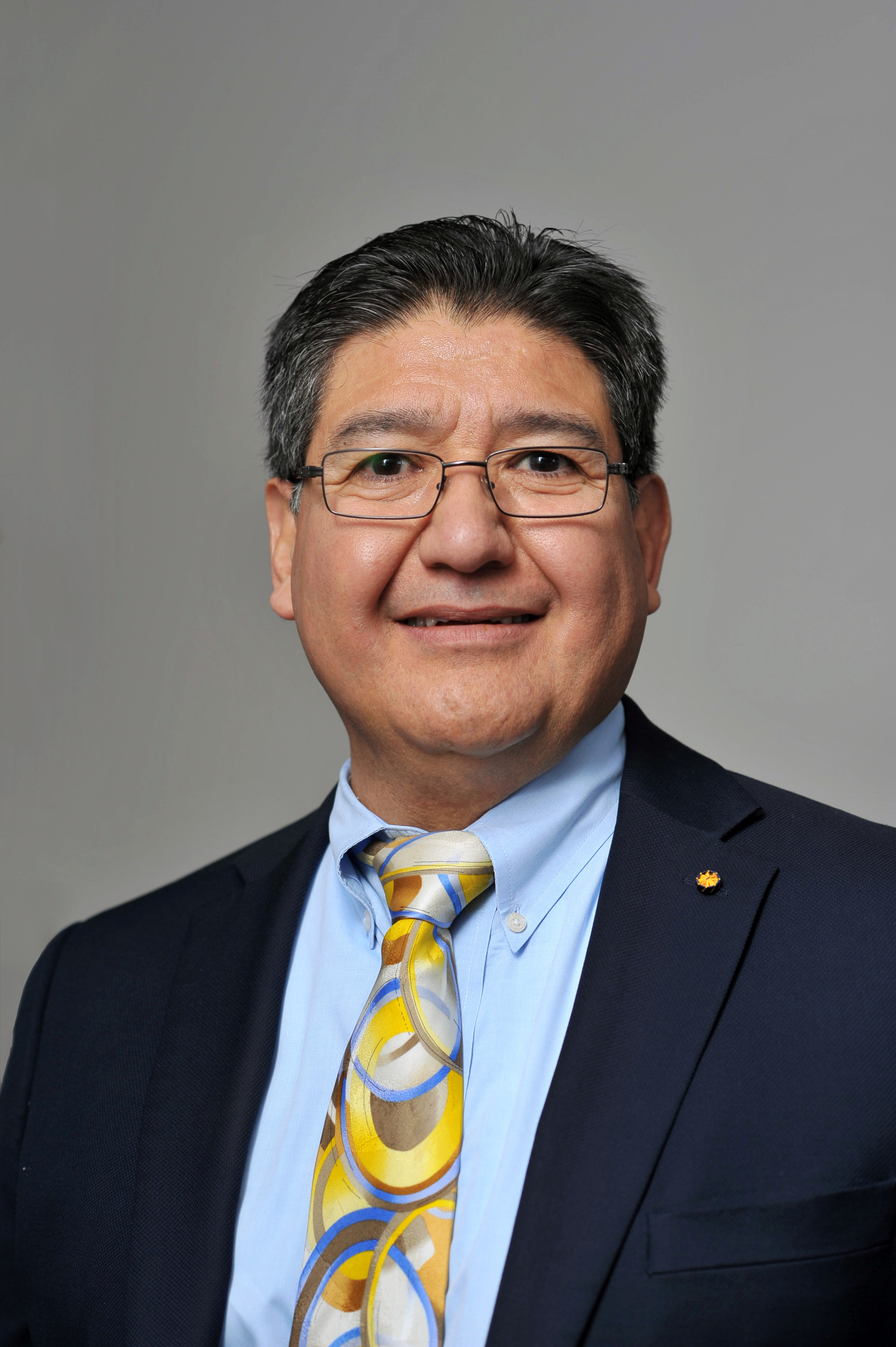
Fellow at Sandia Labs appointed to national quantum computing advisory committee
— Sandia National Laboratories Fellow Gil Herrera has been appointed to the newly established U.S. National Quantum Initiative Advisory Committee.
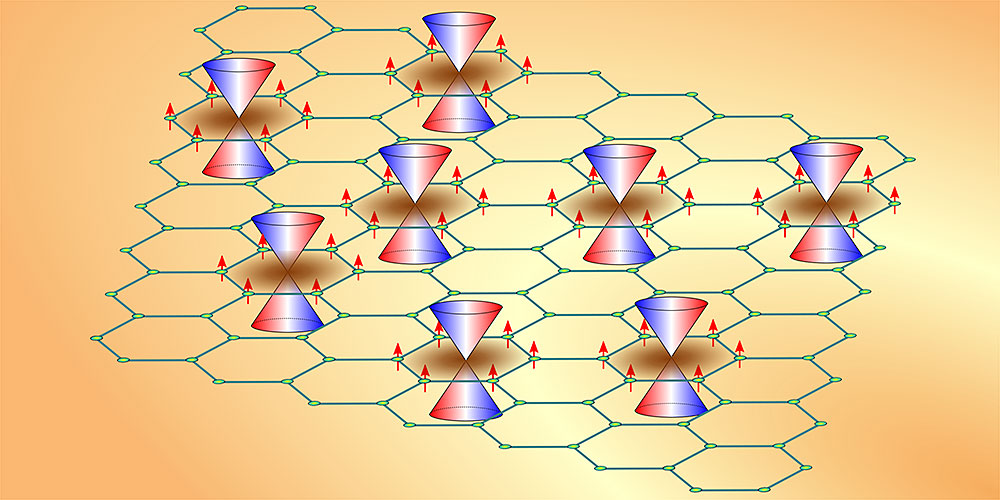
Quirky Response to Magnetism Presents Quantum Physics Mystery
The search is on to discover new states of matter, and possibly new ways of encoding, manipulating, and transporting information. One goal is to harness materials’ quantum properties for communications that go beyond what’s possible with conventional electronics. Topological insulators–materials that act mostly as insulators but carry electric current across their surface–provide some tantalizing possibilities. Scientists at Brookhaven Lab describe one such material that should be right just right for making qubits. But this material doesn’t obey the rules.
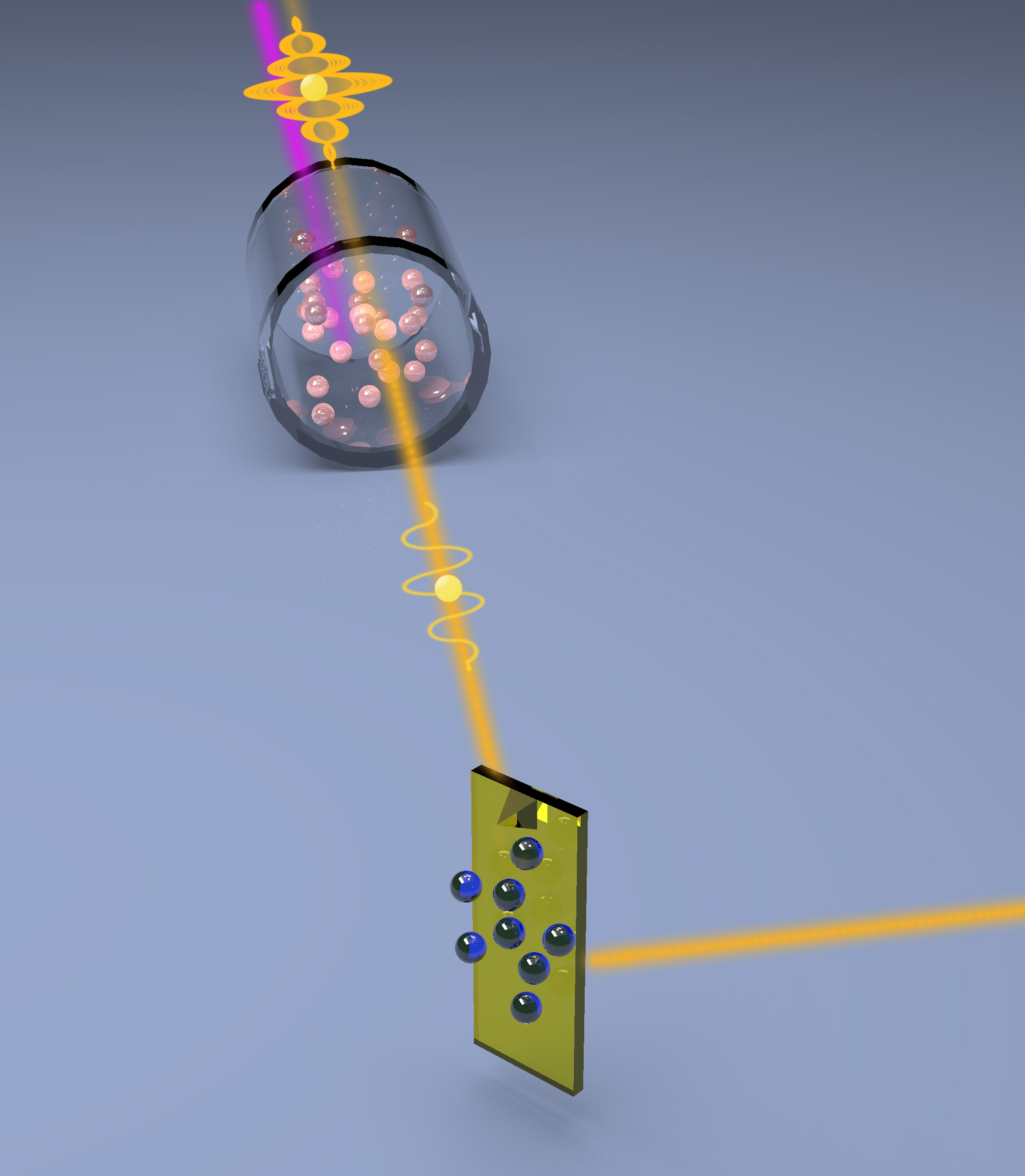
Quantum light squeezes the noise out of microscopy signals
Researchers at Oak Ridge National Laboratory used quantum optics to advance state-of-the-art microscopy and illuminate a path to detecting material properties with greater sensitivity than is possible with traditional tools.
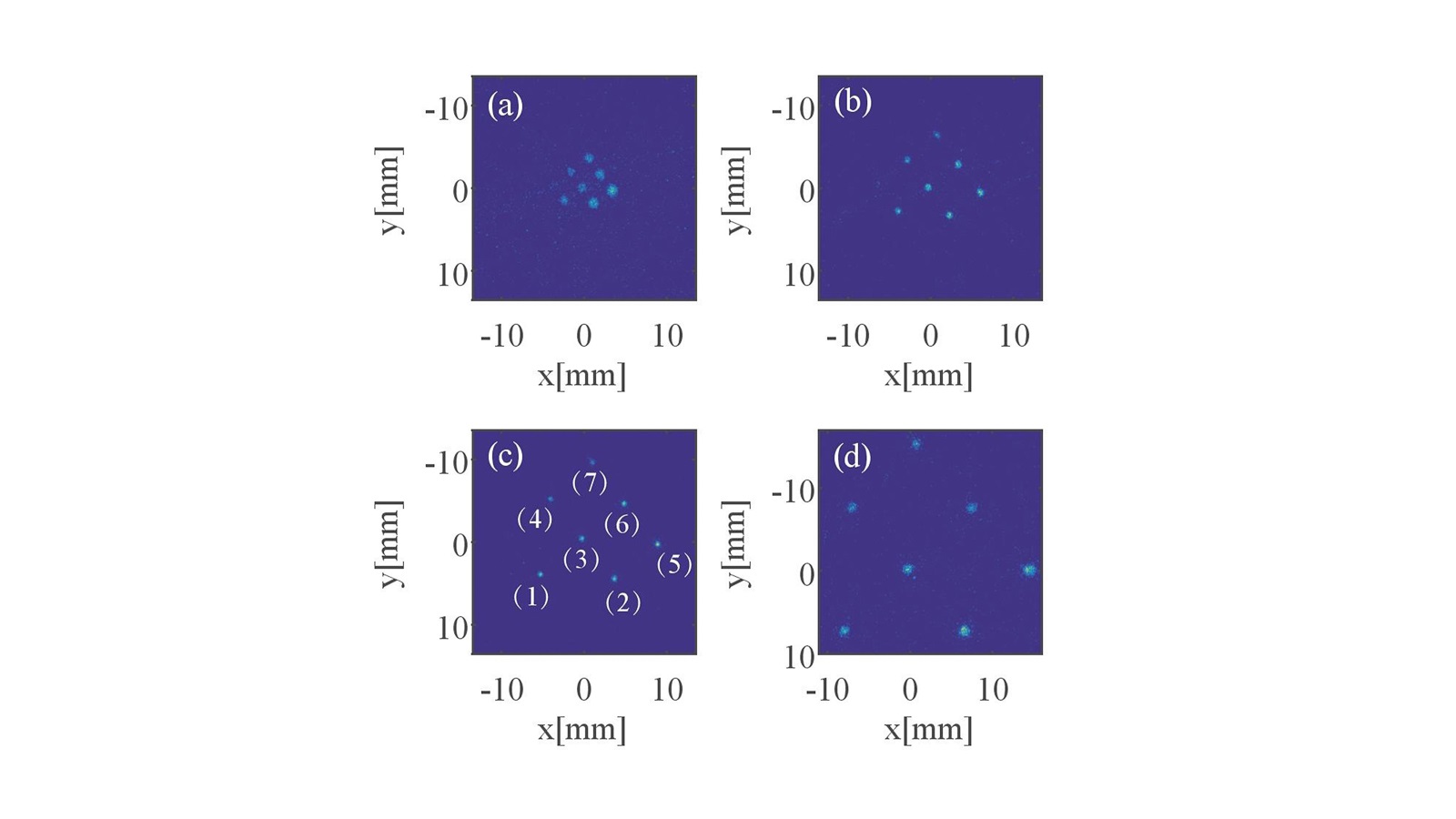
Scientists find new way to measure important beam property
In a new study from Argonne, researchers have measured important beam properties that will help scientists develop more focused beams for high-impact science.
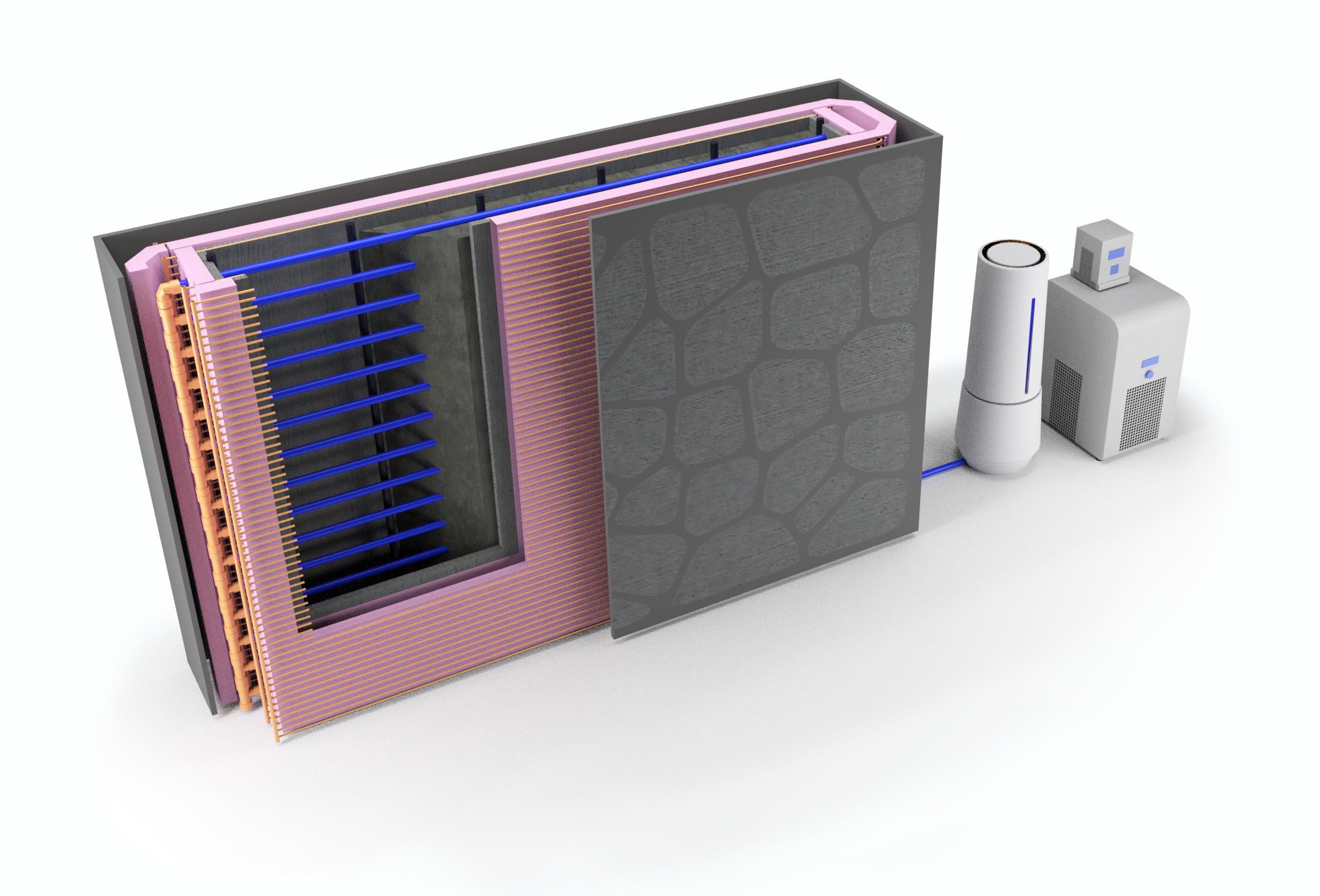
Story Tips: Cool smart walls, magnetism twist, fuel cost savings and polymers’ impact
ORNL Story Tips: Cool smart walls, magnetism twist, fuel cost savings and polymers’ impact
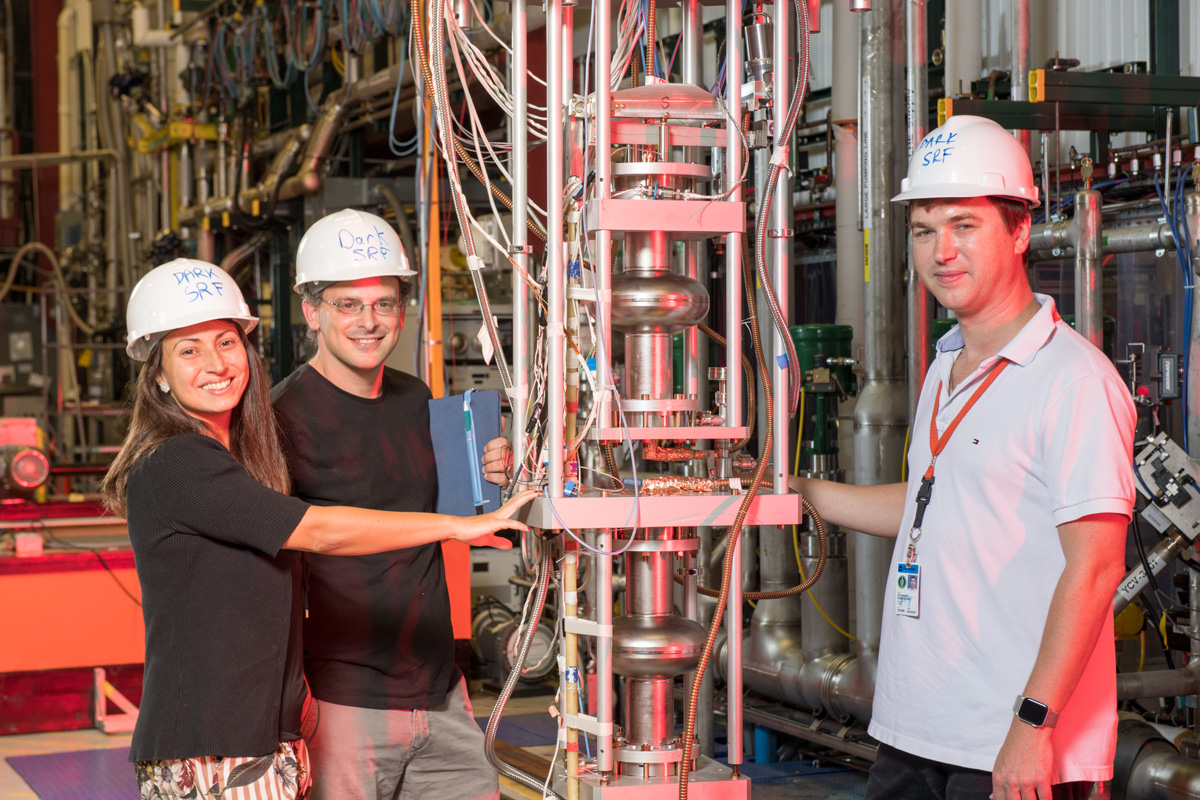
Fermilab to lead $115 million National Quantum Information Science Research Center to build revolutionary quantum computer with Rigetti Computing, Northwestern University, Ames Laboratory, NASA, INFN and additional partners
Fermilab has been selected to lead one of five national centers to bring about transformational advances in quantum information science as a part of the U.S. National Quantum Initiative. The initiative provides the new Superconducting Quantum Materials and Systems Center — based at Fermilab and comprising 20 partner institutions — $115 million over five years with the goal of building and deploying a beyond-state-of-the-art quantum computer based on superconducting technologies. The center will also develop new quantum sensors, which could lead to the discovery of the nature of dark matter and other elusive subatomic particles.
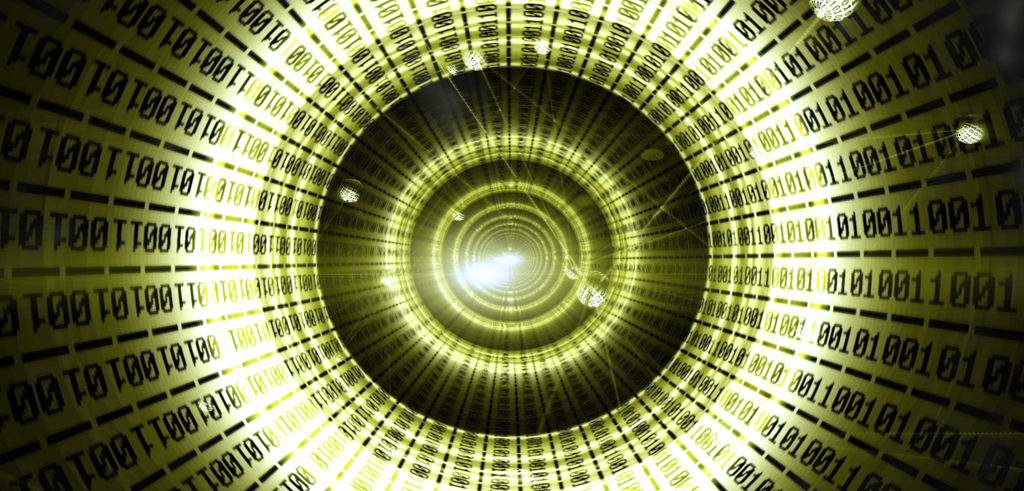
SLAC and Stanford join Q-NEXT national quantum center
Q-NEXT will bring together nearly 100 world-class researchers from three national laboratories, 10 universities and 10 leading U.S. technology companies with the single goal of developing the science and technology to control and distribute quantum information. These activities, along with a focus on rapid commercialization of new technologies, will support the emerging “quantum economy” and ensure that the U.S. remains at the forefront in this rapidly advancing field.
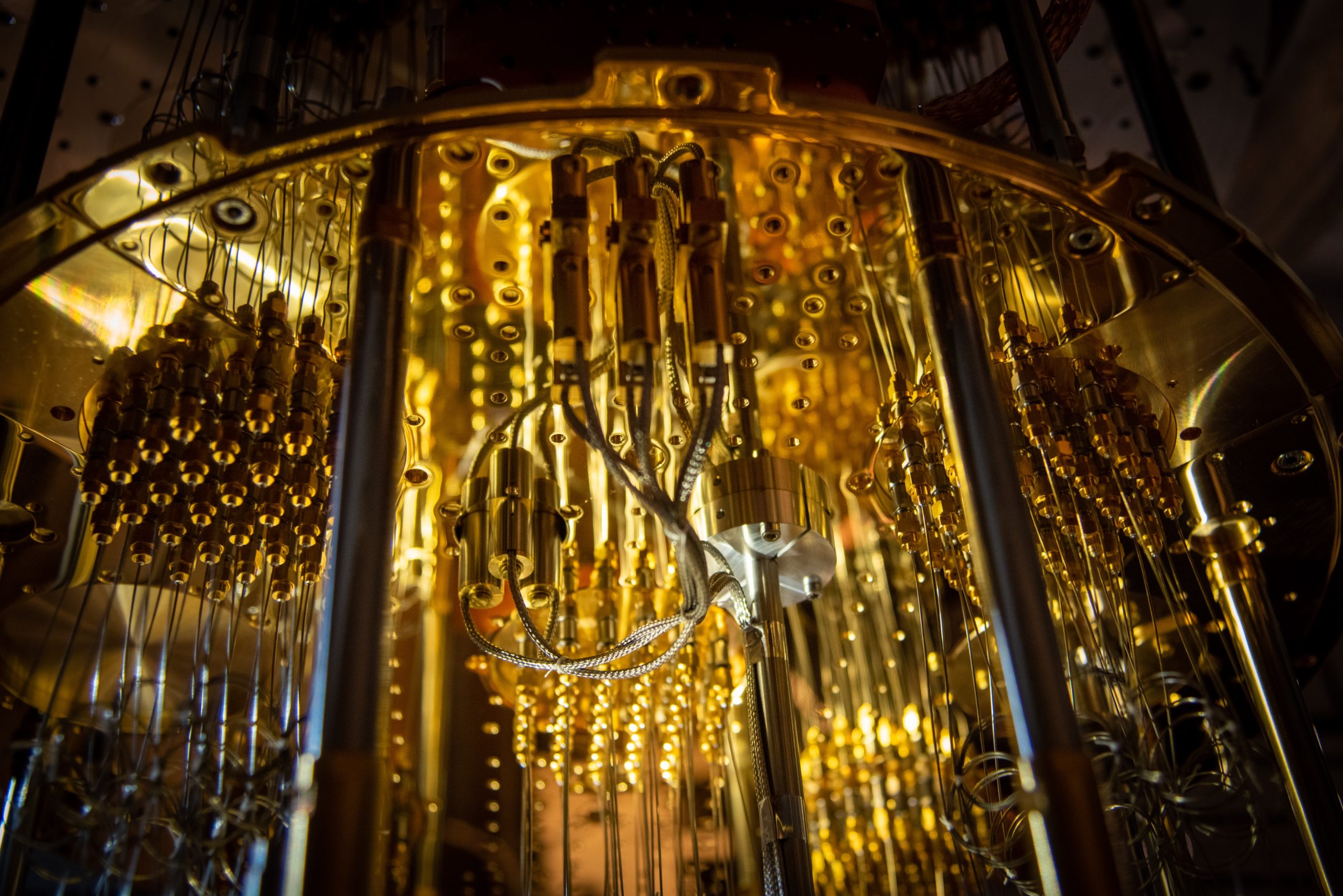
New $115 Million Quantum Systems Accelerator to Pioneer Quantum Technologies for Discovery Science
The Berkeley Lab-led center will forge the technological solutions needed to harness quantum information science for discoveries that benefit the world. It will also energize the nation’s research community to ensure U.S. leadership in quantum R&D and accelerate the transfer of technologies from the lab to the marketplace.
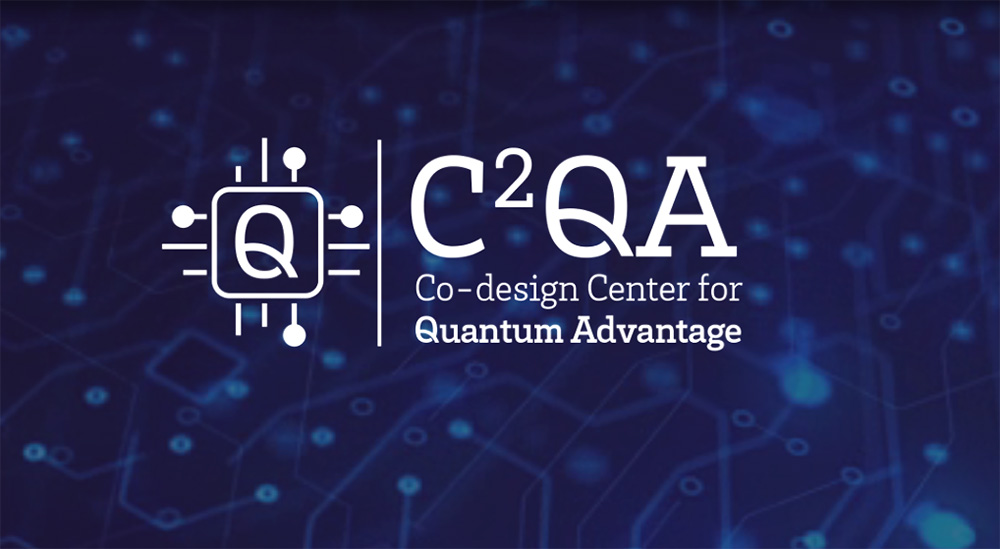
Brookhaven Lab to Lead Quantum Research Center
The U.S. Department of Energy Office of Science has selected Brookhaven National Laboratory to lead one of five National Quantum Information Science Research Centers. Through hardware-software co-design, the center—called the Co-design Center for Quantum Advantage—will advance quantum computing.
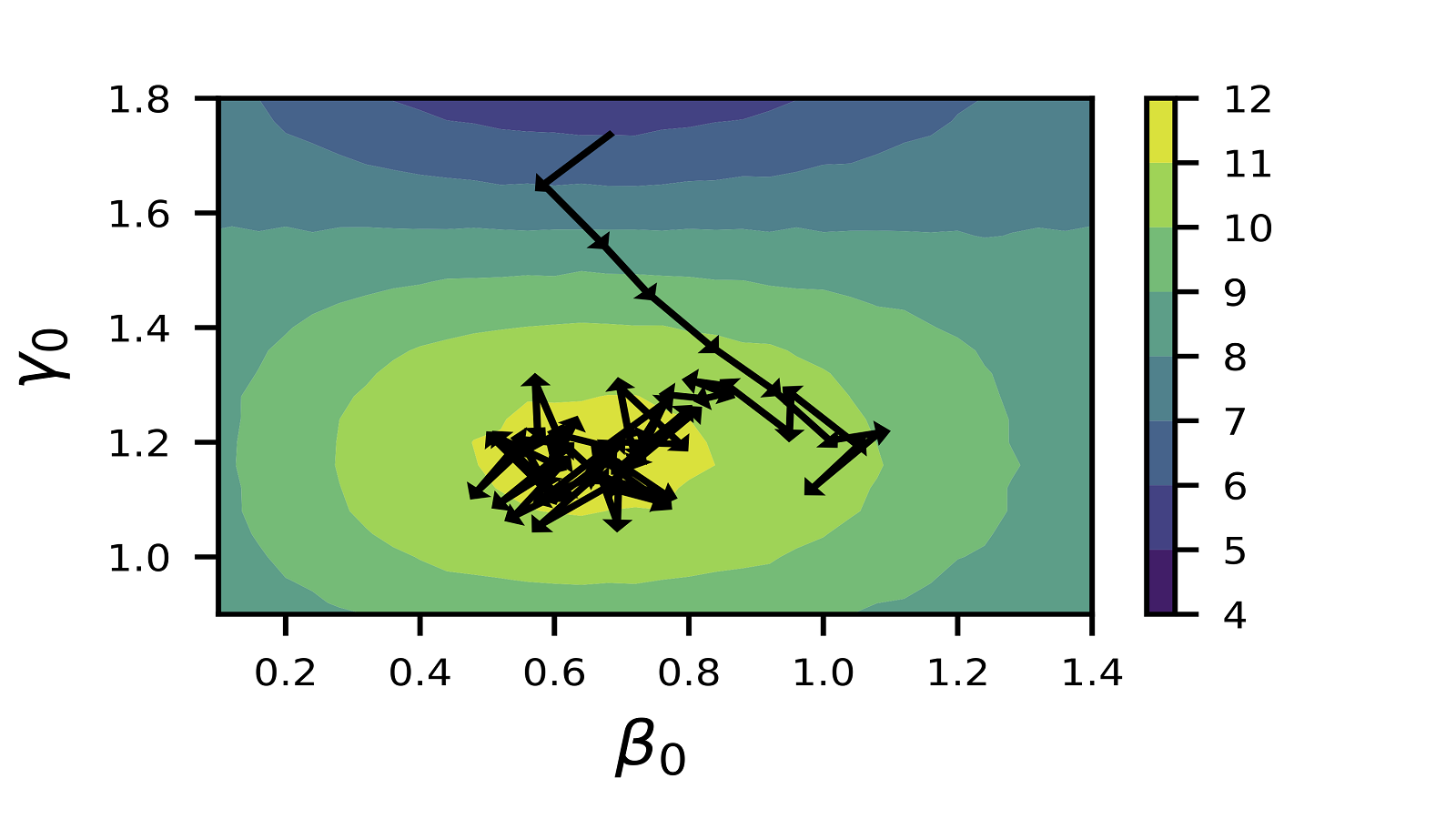
Scientists use reinforcement learning to train quantum algorithm
Scientists are investigating how to equip quantum computers with artificial intelligence and machine learning approaches.
White House Office of Technology Policy, National Science Foundation and Department of Energy Announce Over $1 Billion in Awards for Artificial Intelligence and Quantum Information Science Research Institutes
Today, the White House Office of Science and Technology Policy, the National Science Foundation (NSF), and the U.S. Department of Energy (DOE) announced over $1 billion in awards for the establishment of 12 new artificial intelligence (AI) and quantum information science (QIS) research institutes nationwide.

Scientists Explore Signals for a Quantum Universe
New research findings about the origin of structure in the universe could lead to more connections between cosmology and the study of quantum information.
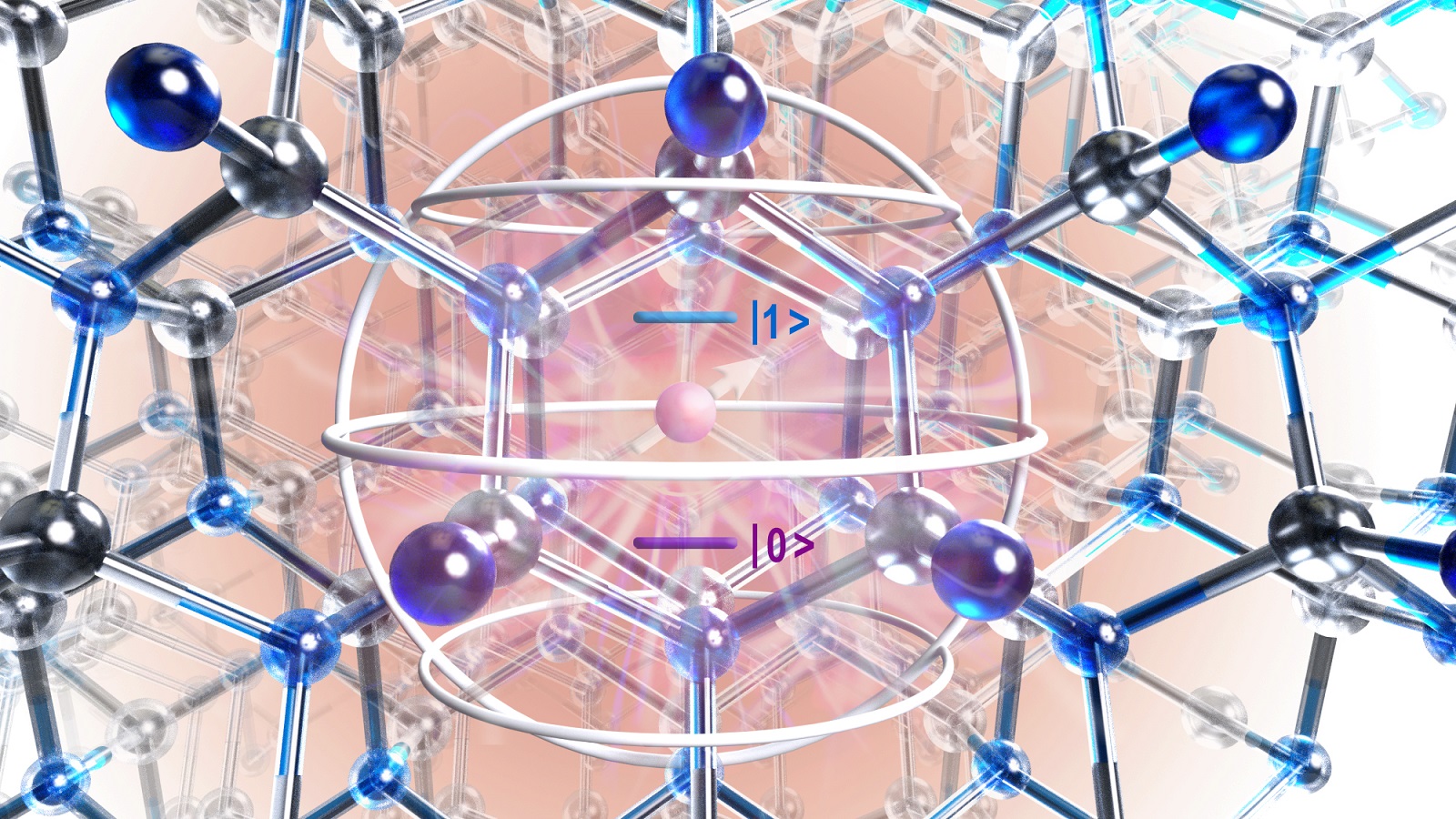
Solving materials problems with a quantum computer
Scientists at Argonne and the University of Chicago have developed a method paving the way to using quantum computers to simulate realistic molecules and complex materials. They tested the method on a quantum simulator and IBM quantum computer.

U.S. Department of Energy unveils blueprint for the quantum internet at ‘Launch to the Future: Quantum Internet’ event
The U.S. Department of Energy unveils a report that lays out a blueprint strategy for the development of a national quantum internet, bringing the United States to the forefront of the global quantum race and ushering in a new era of communications. This report provides a pathway to ensure the development of the National Quantum Initiative Act.
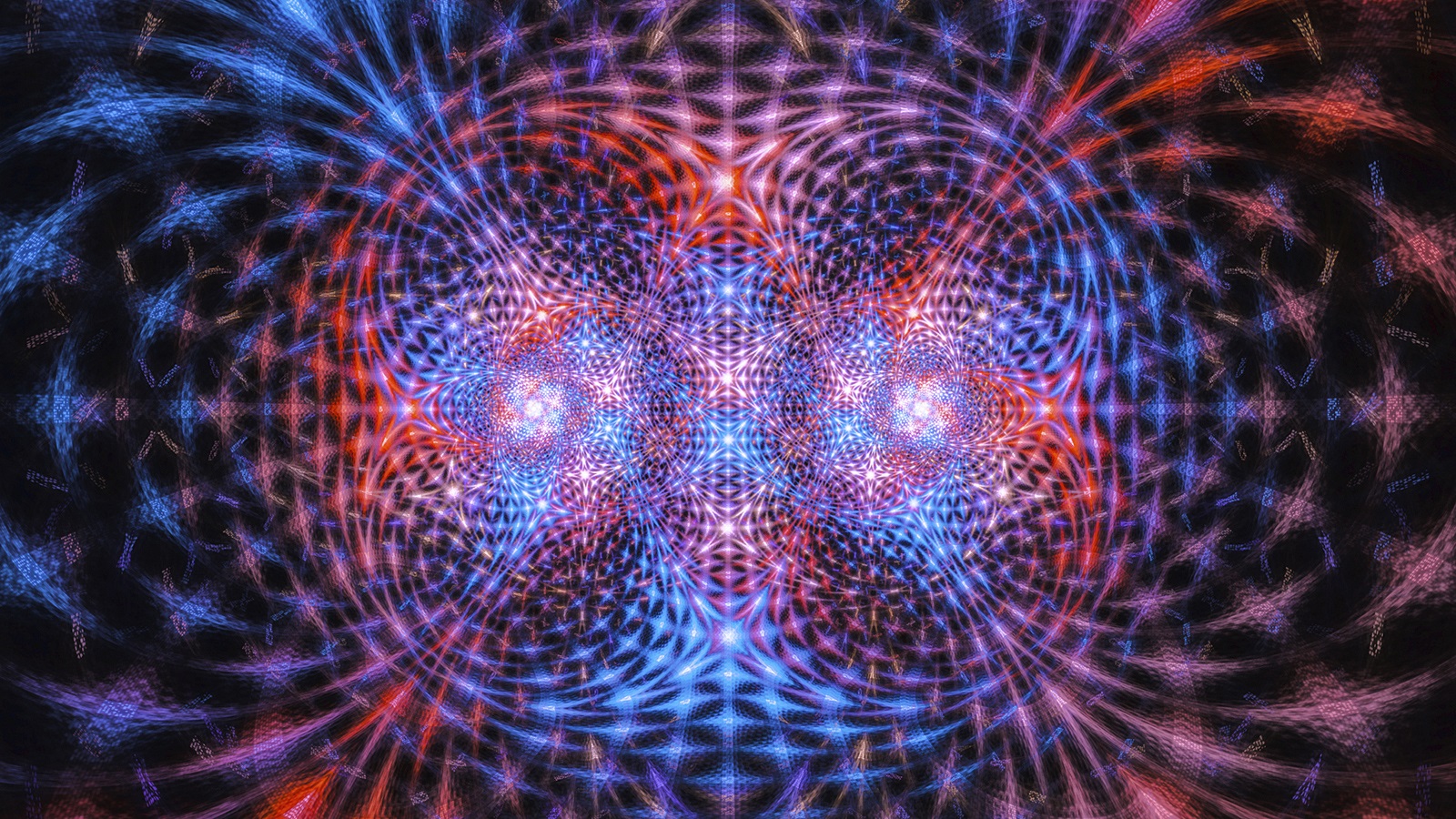
U.S. Department of Energy unveils blueprint for the quantum internet at ‘Launch To The Future: Quantum Internet’ event
In a press conference today at the University of Chicago, the U.S. Department of Energy (DOE) unveiled a report that lays out a blueprint strategy for the development of a national quantum internet, bringing the United States to the forefront of the global quantum race and ushering in a new era of communications.
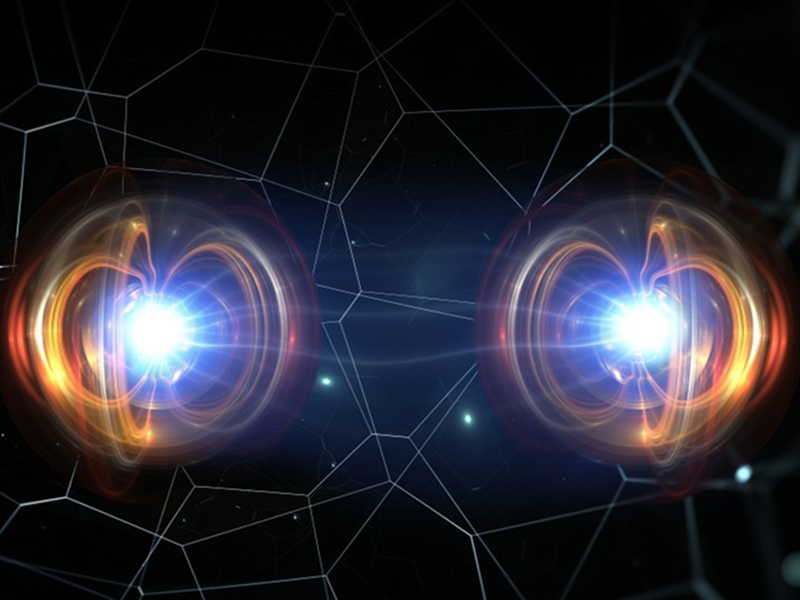
Tulane scientists partner with U.S. Army on machine learning study
The project could pave the way for small, mobile quantum networks and possibly lead to unbreakable, secure communication systems, quantum computers and enhanced radar.
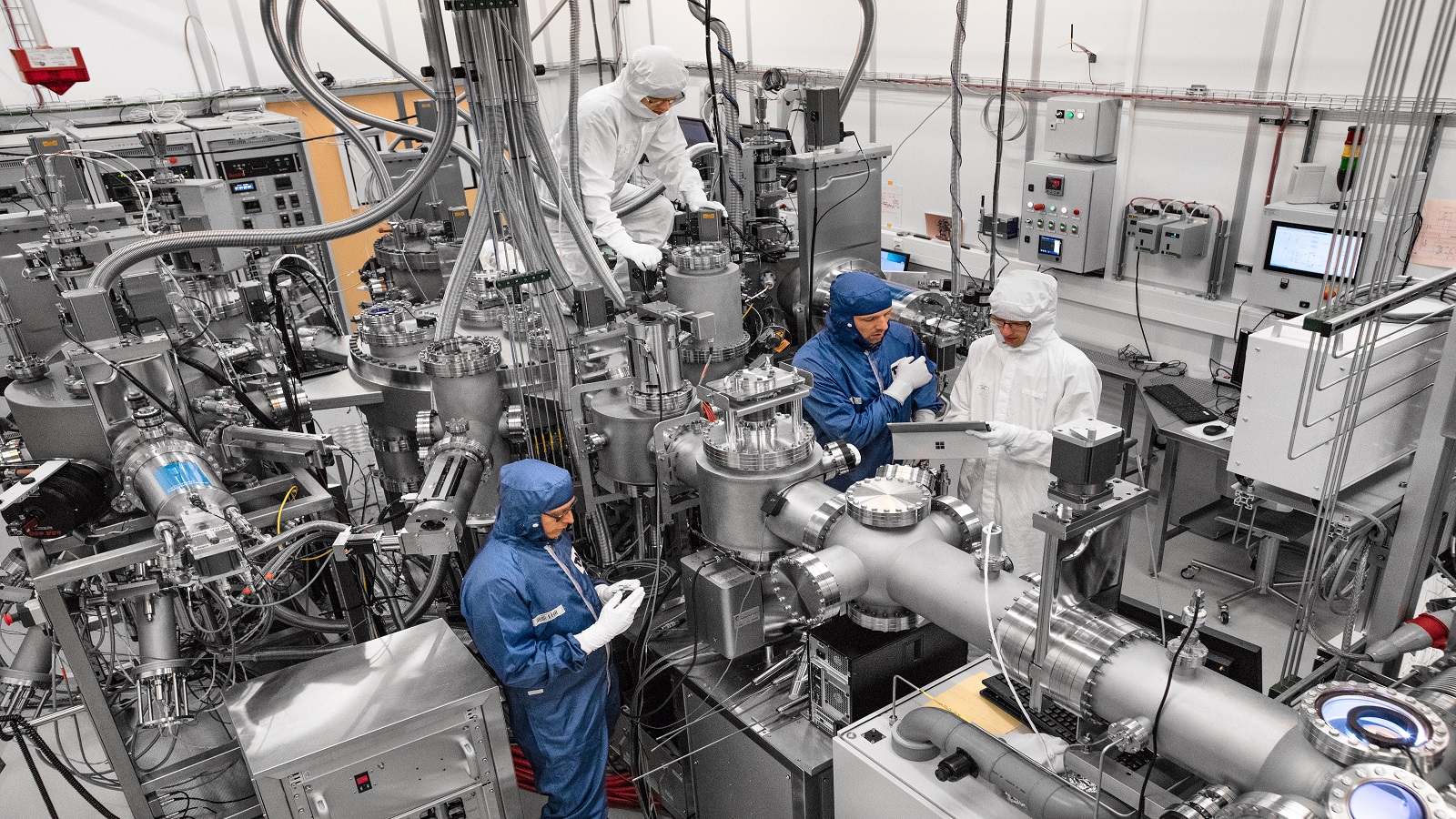
Chicago Quantum Exchange welcomes seven new partners in tech, computing and finance, to advance research and training
The Chicago-based research hub expands to include 13 total industry leaders in tech, computing, finance.